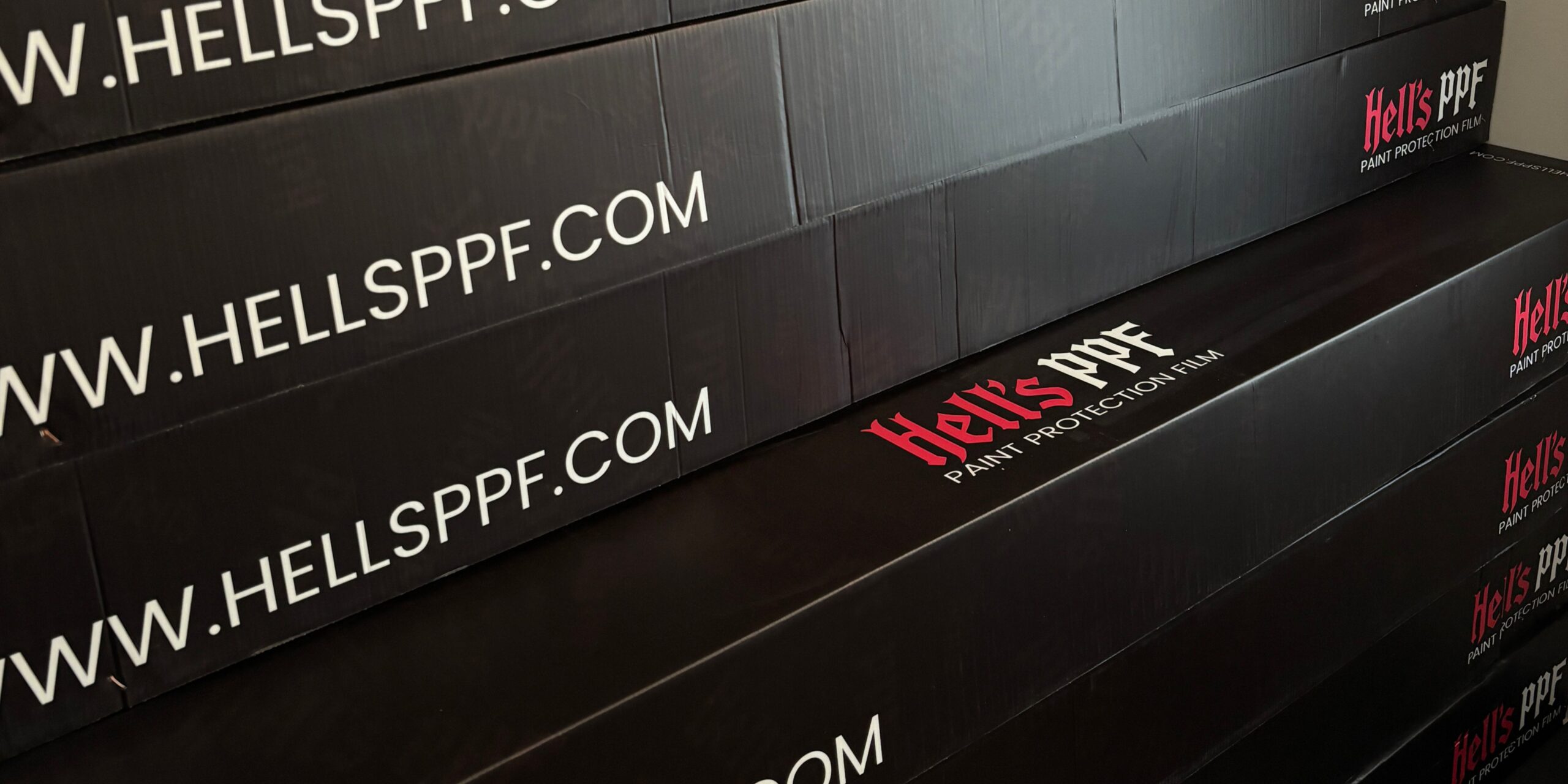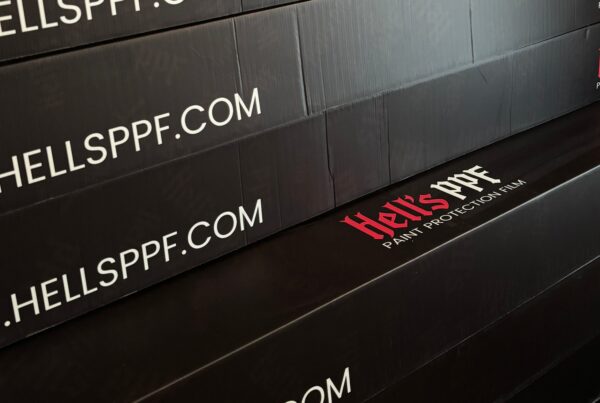Paint Protection Film should be applied in a specific sequence to achieve optimal results: to tightly cover the entire intended surface, creating a smooth and durable protective layer. PPF is increasingly chosen in the United States of America due to its effective paint protection and long-lasting durability, which also enhances the visual appeal of a car. In this article, we focus on the correct application process and provide tips on what mistakes to avoid.
How to prepare a car for Paint Protection Film application
Proper preparation of the car is essential for successful results. The protective film must be applied to a surface that is thoroughly washed, degreased, and dried. It is advisable to use specialized automotive cosmetics or seek the assistance of professionals. A crucial step is paint decontamination, which involves chemically and mechanically removing all stubborn dirt and residues, including industrial contaminants.
Before beginning the application of PPF, an inspection of the paint’s condition is conducted to identify all imperfections, even the smallest ones. Depending on the condition of the paint, polishing or filling in damaged areas may be required. If the paint surface is perfectly smooth, you can proceed to the next steps.
Finding the right components for PPF application
For application, a PPF (Paint Protection Film) tailored to the shape of the vehicle and the individual parts to be protected is necessary. This involves contacting a supplier equipped with a plotter and templates capable of customizing the film to fit the specific make, model, and year. A Hell’s PPF producer in New Jersey, USA, can prepare film for covering various parts of the car, including the hood, bumpers, fenders, mirrors, lights, and door sills.
The process of applying PPF to a car’s surface
The application of Paint Protection Film (Hell’s PPF USA) is best entrusted to specialists experienced and prepared for this precise task. Professionals ensure that the pre-cut components fit snugly to the car body. They then carefully apply the film to the vehicle’s surface, avoiding any stretching.
Once applied, the film edges are wrapped, ensuring complete invisibility. The process also includes smoothing out the film to eliminate any potential air bubbles. This meticulous execution guarantees that the film adheres evenly and the resulting visual effect is stunning.
When is it worth choosing Paint Protection Film for your car?
We recommend investing in PPF to drivers who want to maintain their car’s fresh and impeccable appearance for an extended period. It is worth considering this service when purchasing a new car or planning a thorough refresh, such as a detailing wash. Additionally, we encourage owners of unique vehicles—whether sporty, luxury, or vintage—to opt for protective PPF. In every case, PPF is an effective investment in paint protection and maintaining the car’s best appearance for years to come.


